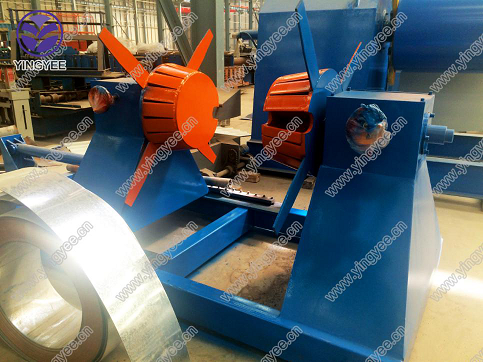
The Rise of Prepainted Galvanized Coils A Versatile Solution for Modern Construction
In the ever-evolving landscape of modern construction and manufacturing, prepainted galvanized coils (PPGI) have emerged as a vital material, appreciated for their durability, aesthetic appeal, and versatility. These coils are made by coating steel sheets with a layer of zinc and then applying a primer and topcoat, resulting in a product that combines the strength of steel with the corrosion resistance of zinc, along with the decorative finish of paint. This combination not only enhances the physical properties of the steel but also opens a plethora of design possibilities.
The Manufacturing Process
The production of prepainted galvanized coils involves several steps. First, steel coils are hot-dip galvanized, where they are submerged in molten zinc to form a protective barrier against corrosion. This is followed by cleaning and chemical treatment to prepare the surface for painting. Afterward, a primer coat is applied, providing an excellent base for adhesion. Finally, one or more layers of paint are applied, which can be customized in color and finish to meet specific design requirements. The result is a high-quality product that boasts both outstanding performance and visual appeal.
Advantages of Prepainted Galvanized Coils
One of the primary benefits of PPGI is its excellent resistance to corrosion. The zinc coating significantly extends the lifespan of the material, making it suitable for various environments, including coastal regions where salt exposure is a concern. Additionally, the paint layer protects against UV radiation, further minimizing fading and deterioration over time.
Another major advantage is the variety of aesthetic options available. With countless colors and finishes to choose from, architects and designers can closely match PPGI to their desired appearance. Whether used for roofing, siding, or interior applications, the finished product can seamlessly blend with the overall architectural vision.

Moreover, PPGI is lightweight compared to traditional building materials, which can considerably reduce transportation costs and make handling easier on construction sites. This characteristic, combined with its strength and resilience, also contributes to reducing the overall weight of structures, ultimately leading to savings on foundational work and materials.
Applications in Construction
The versatility of prepainted galvanized coils makes them suitable for a wide range of applications. In the construction sector, they are commonly used for roofing and wall cladding, thanks to their durability and visual appeal. PPGI is also used in the manufacturing of various products, including household appliances, ventilation ductwork, and decorative panels. Its ability to be formed into intricate shapes and profiles further broadens its usability in design and architecture.
Additionally, PPGI plays a significant role in the growing demand for sustainable building materials. The longevity and lower maintenance requirements of prepainted galvanized coils contribute to reduced resource consumption over time. Furthermore, the recyclability of steel ensures that PPGI contributes to a circular economy, reducing waste and promoting sustainability within the construction industry.
Future Trends
As the world shifts towards more sustainable construction practices, the demand for prepainted galvanized coils is expected to grow. Innovations in coating technologies, such as eco-friendly paints and advanced anti-corrosion treatments, will likely enhance the properties of PPGI and expand its market reach. Additionally, the trend towards custom designs and personalization in architecture will continue to drive the adoption of PPGI, as it provides an ideal solution for unique and creative projects.
In conclusion, prepainted galvanized coils represent a forward-thinking solution that marries functionality with aesthetic appeal. As industries seek materials that meet both performance and design standards, PPGI will undoubtedly continue to gain popularity in construction and manufacturing. With its impressive array of advantages, this innovative material is set to play a critical role in shaping the built environment of the future.